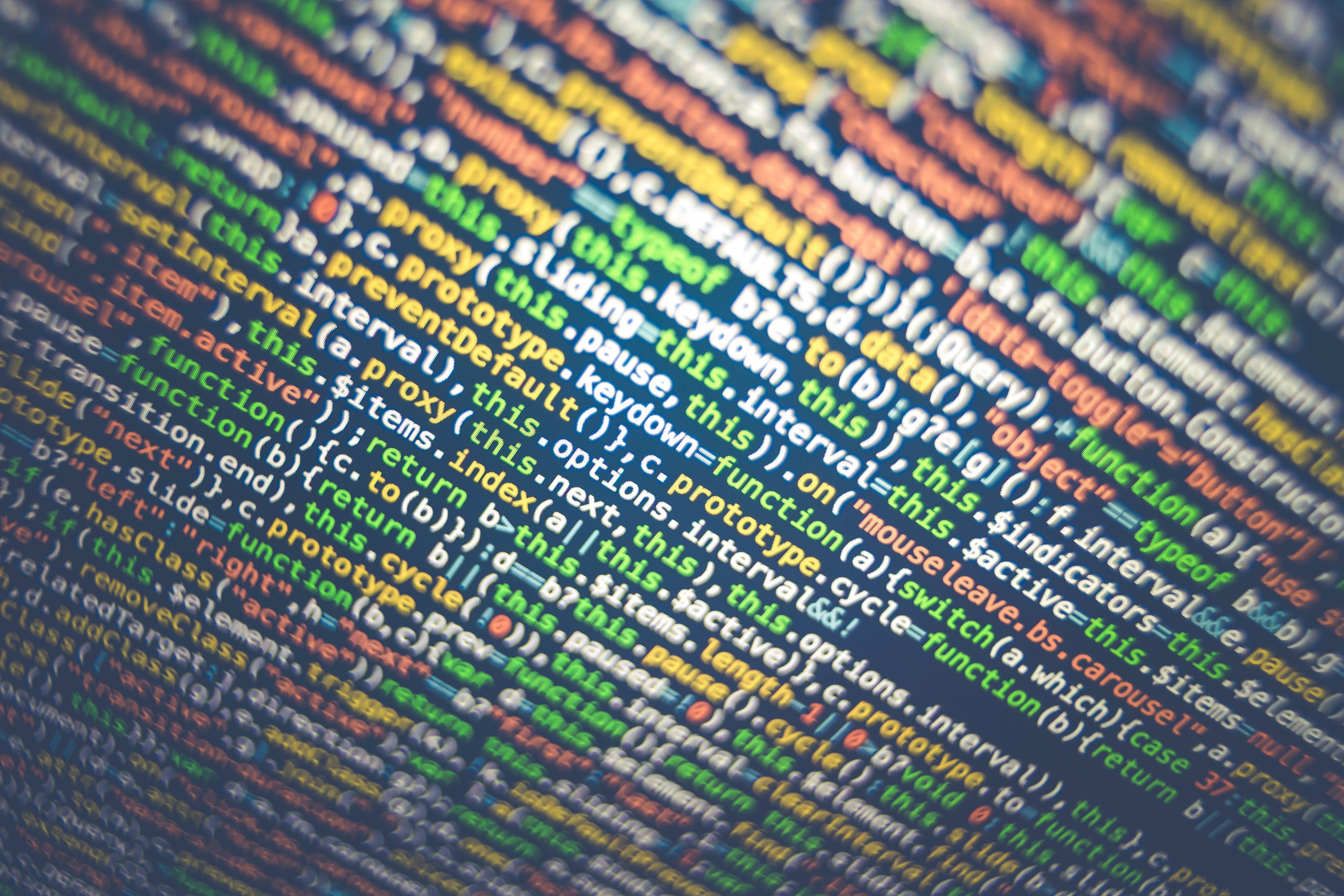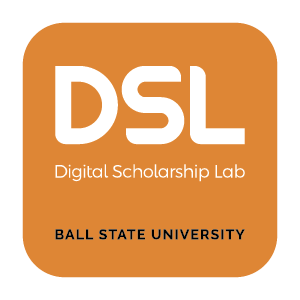
3D Visualization
Scholars across disciplines are looking to three-dimensional, augmented and immersive digital experiences to provide a unique interaction for users with new forms of spatial analysis. These immersive spaces can connect to social networks, web-services, head-mounted displays, media and data – enabling participants to engage in new ways with an extensive body of compelling content. The DSL supports the creation of Virtual Worlds, Interactive Simulations, UAS Photogrammetry, Mobile Apps, Augmented Reality and 3D Visualizations through Ball State University’s Institute for Digital Intermedia Arts (IDIA Lab). Faculty and staff can consult with the DSL about the potential for development design solutions with these digital platforms.

Spatial Analysis
Mapping technologies that have emerged since the 1990s enable scholars from many different disciplines to examine spatial questions. Geographic Information Systems (GIS) tools incorporate historical and cultural data within interactive maps that facilitate sophisticated spatial analysis.
The Digital Scholarship Lab supports the creation and visualization of spatial data using GIS tools. We partner with the GIS Research and Map Collection in Bracken Library to provide access to leading GIS software and online GIS tutorials, datasets, mapping applications, in-house GIS data, and one-on- one assistance from GIS Specialists. BSU faculty and staff have free access to the full suite of ESRI software products for research purposes.

Text Mining/Visualization
The computational analysis of texts has become an increasingly important element of research in many academic fields. This approach can help researchers identify and visualize patterns or trends in individual texts or across an extensive corpus of textual material (which might include books, articles, and/or social media and online content). The DSL and affiliated staff from University Libraries can assist faculty and staff seeking to employ these tools and methods as well as with gaining access to and securing usage rights for large collections of textual material.

Digital Curation & Data Management
The DSL is firmly committed to best-practice digital stewardship through all phases of a project. The Lab’s staff and affiliates can assist with the procurement and selection of digital assets (including datasets and text) necessary to a project. They will also help faculty and staff gain access to and customize the digital platforms necessary for the effective dissemination their scholarly research. To ensure the long-term sustainability of faculty work, the DSL can arrange the support necessary to develop and execute data management plans and to preserve archival versions of digital assets according to established standards. The University’s digital infrastructure includes backup storage on separate and secure servers and the necessary redundancies. Policies for the maintenance and storage of project material and the use of state-of-the-art backup hardware ensure that digital projects and datasets produced by BSU faculty are sustained in the face of technological innovation.

Archival Management/Metadata Development
Careful description of digital assets through metadata is essential to successful digital scholarship. Well-constructed metadata describes a project in a systematic way that attracts users and ensures that a project remains accessible over the long term. The DSL, through affiliated staff in University Libraries, supports the development of robust metadata that meets core archival standards and enhances the discoverability and preservation of digital collections. DSL staff and affiliates also work with faculty to ensure that digital projects and resources developed by BSU researchers can be readily migrated to new platforms and technologies as they emerge.

